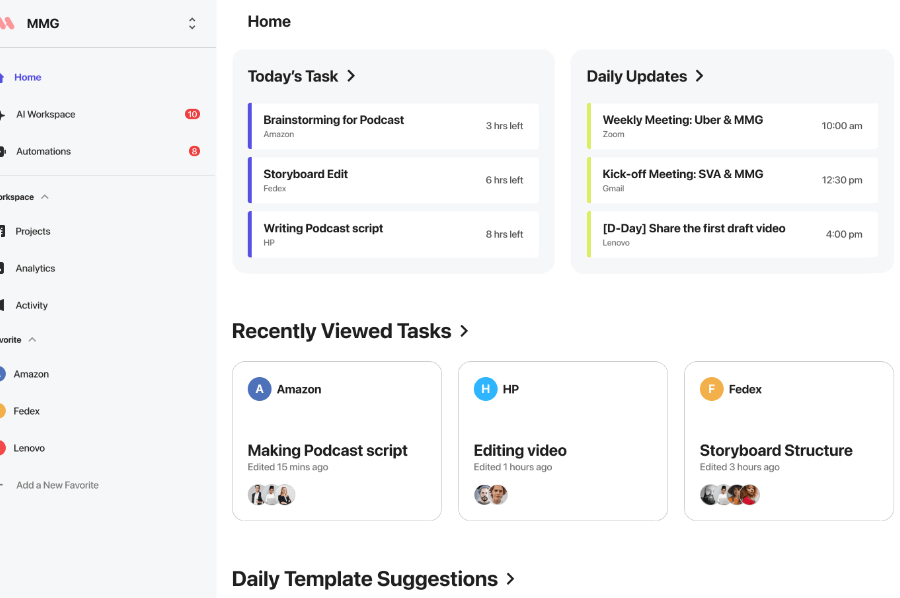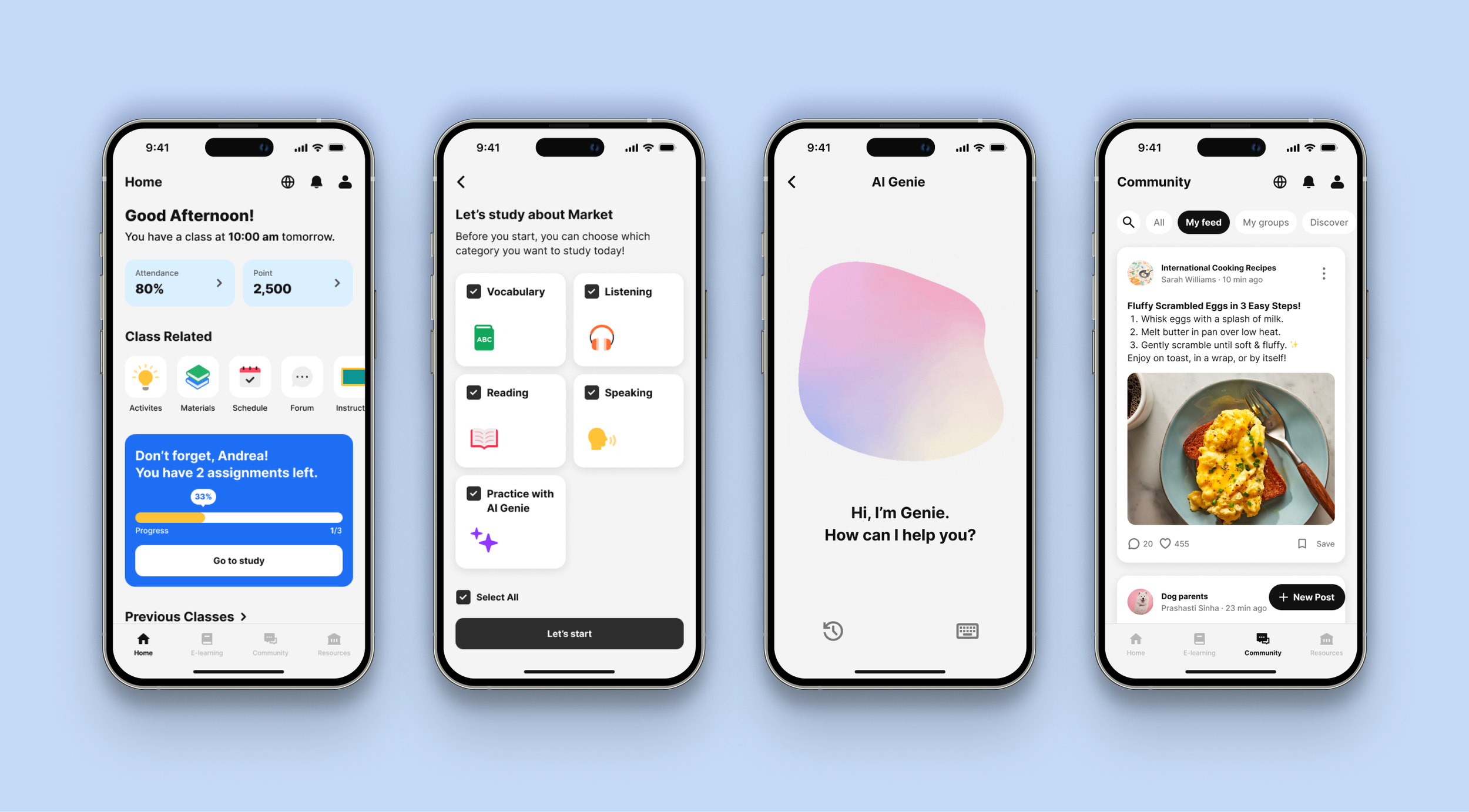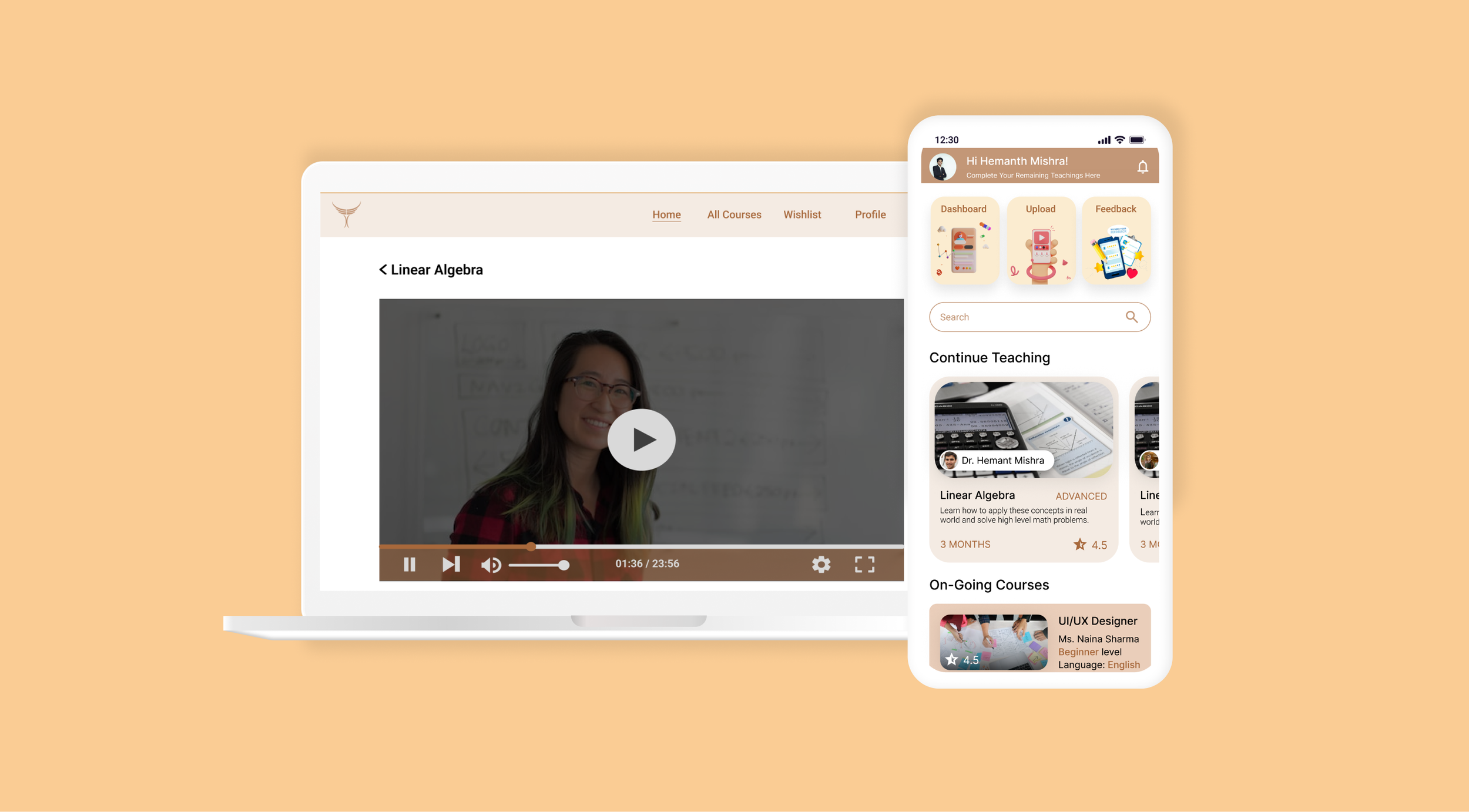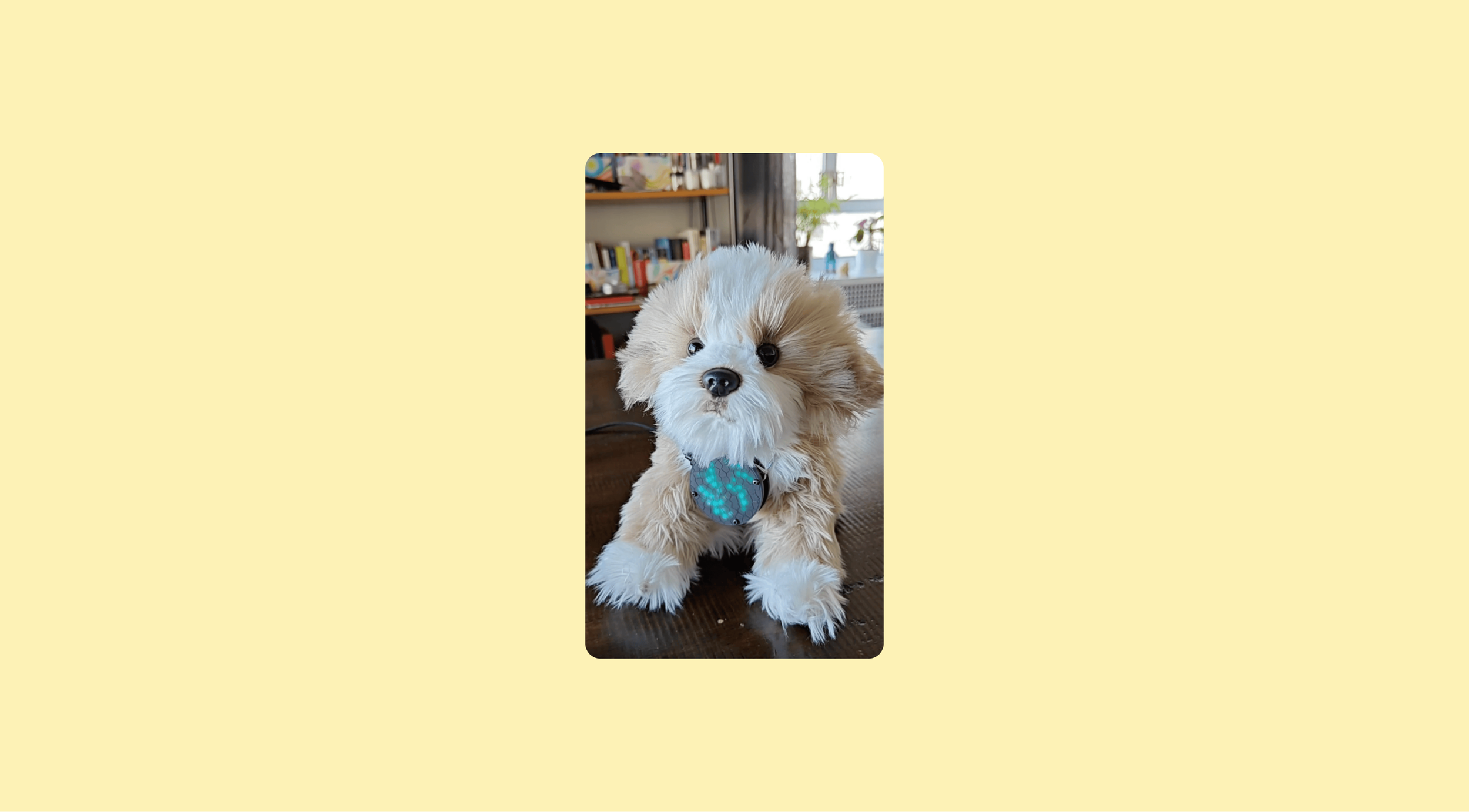
Labo: AI-Powered Work Management Tool
In an era where remote work has become the norm, The Motivated Mind Group (MMG) found themselves facing a challenge that many modern companies encounter: their teams were drowning in a sea of scattered communications and inefficient workflows. As a fully remote creative agency, MMG approached us to help optimize their workflow and create a more cohesive work environment. Over a three-month period, our team collaborated with MMG employees to identify their pain points and develop a solution that not only met their immediate needs but also enhanced remote work management.
Client
Motivated Mind Group
Project Timeline
3 months
Team
Suvina
Hannah
Yujeong
Chaeri
My Role
User Research
UI Design
Prototyping
Labo AI ranked 2nd Place in Strategic Innovation in Product & Service Design class (Fall 2023)
LABO AI
Enhance remote team collaboration using AI-driven workspace management for communication, file organization, and task automation.
OVERVIEW
When the Motivated Mind Group approached us, they were struggling with a challenge familiar to many remote companies: their workflows were fragmented across multiple platforms, causing delays and frustration. As their teams expanded globally, the need for a unified solution became critical.
This project focuses on improving the way teams collaborate and manage work by integrating artificial intelligence into everyday tasks. Labo, an AI-powered work management tool, aims to become the central hub for project managers and cross-functional teams, enhancing efficiency and productivity.
PROBLEM
In today's remote-first world, teams are drowning in digital chaos. Our research revealed a shocking truth: businesses lose $1.2 trillion annually due to poor collaboration.
Teams waste 7+ hours searching for information.
30% of companies struggle with team communication.
Poor collaboration costs U.S. businesses $1.2 Trillion annually.
RESEARCH
After diving deep into MMG's workflow, we discovered that the problems went beyond simple disorganization. We needed to understand how teams actually worked, not just how they thought they worked.
User Research Methods
Conducted 15 in-depth interviews
Created affinity maps from interview data
Developed user journey maps
Analyzed current tool usage patterns
KEY USER INSIGHTS
01. Lost Productivity
Teams struggled to manage multiple projects at the same time. Files were scattered across different platforms. There was no standardized naming convention, causing wasted time in searching for assets.
"We spend more time finding things than actually working on them. It's frustrating when a 15-minute task takes an hour just because you can't locate the right files or information."
- Senior Designer at MMG
02. AI Integration Challenges
Teams desired automated AI solutions; however, existing tools proved to be challenging to use, and the process of creating prompts was time-consuming.
"Everyone knows AI could help, but we're stuck in this cycle of trying different tools without any real strategy. It's adding to our complexity instead of reducing it."
- Creative Director at MMG
03. Communication Breakdown
Important information was lost in the chat history, and the absence of a centralized knowledge base led to redundant communications.
"Important updates get lost in the shuffle between Slack, email, and various project management tools. We've had several near-misses with deadlines because of this."
- Project Manager at MMG
Target Users
Through our research, we identified three primary user groups :
Creative Team Members
Creative team member need organized asset management, clear stakeholder communication, easy access to project requirements, and version tracking.
Department Heads
Department heads need it to oversee resource allocation, track project progress, quickly identify bottlenecks and issues, and report on performance metrics.
Project Managers
Project managers require a clear overview of all project statuses, an easy way to assign and track tasks, efficient communication with multiple teams, and quick access to project files.
DESIGN PROCESS
Every design decision was guided by user needs and validated through testing. We began with ideation based on insights gathered from user interviews. Next, we created a user persona and a product journey map. Before finalizing our information architecture, we held a team meeting to create a MoSCoW chart, which helped us prioritize the MVP features for our app, given the tight timeline we were facing.
CHALLENGE
How might we create an AI-powered workspace that unifies remote team collaboration while reducing tool switching and information searching time?
WIREFRAMING
After finalizing our site navigation and features, we set our goals and began wireframing and user testing on those wireframes.
Our solution centered on creating a unified platform to streamline communication and file management. The goals were:
Reduce the time spent on redundant tasks.
Enable seamless tracking of project progress.
Simplify the retrieval of project-related files and information.
DESIGN ITERATIONS BASED ON USER TESTING
01. Iteration 1 - Dashboard
Users generally understood the concept of the service as a task management tool. However, there was some confusion regarding the significance of numerical indicators and client information related to the project details. Overall, users provided an average rating of 4.5, indicating that they found the service to be useful.
02. Iteration 2 - AI Templates
Users appreciated the idea of having templates not only for their work but also for prompts for other AI tools, as this would significantly save them time. One of the major frustrations among employees was not knowing how to write an effective prompt to achieve good results from AI. The feature received an average rating of 5, and everyone expressed a desire to integrate it into their workflow.
03. Iteration 3 - Project Detail Page
Users appreciated that the project page displayed the templates used for tracking data and version control. However, they found the design somewhat confusing at first. To address this, we revised the final user interface by adding a side panel with quick links to project assets for easier navigation.
FINAL DESIGN SOLUTIONS
01. HOME DASHBOARD
Overview of daily tasks, recent projects, and critical deadlines
The home screen dashboard serves as the central hub for users upon logging into the platform. It's designed to provide an immediate overview of daily tasks, recent projects, and critical deadlines, enabling users to prioritize their work efficiently.
02. AI WORKSPACE
AI-generated templates and prompts
To automate routine tasks and processes, reducing the time employees spend on repetitive activities and allowing them to focus on more strategic and creative work.
03. PROJECT MANAGEMENT
Create, track, and manage projects all in one place
Simplifies the process of starting new projects and managing ongoing ones. It allows team members to create projects, set deadlines, assign tasks, and track progress in a centralized location.
Unified Communication and File Management
04. NOTIFICATIONS
To centralize communication and improve file management, addressing one of MMG's key pain points of fragmented tools and inefficient file storage practices.
DESIGN SYSTEM
Brand Evolution & Visual Identity
We chose a color scheme that was both professional and vibrant, aiming to keep the interface lively yet not overwhelming. The typography was selected for readability and accessibility.
Video
REFLECTIONS
"We felt your presentation was clear about presenting our business issue, followed by a way to solve the issue and then a solution."
— The Motivated Mind Group Team
The journey of building Labo taught us that the future of work isn't just about better tools – it's about smarter collaboration. Our client's feedback validated our approach.
Looking ahead, we plan to expand user testing across different industry sectors, refine our AI integration based on user feedback, develop additional automation templates, and enhance our file management capabilities. Through this project, we learned that AI integration must be intuitive and purpose-driven, remote teams need more than just communication tools, and user-centered design is crucial for the adoption of new tools. Most importantly, we discovered that the key to successful remote work lies not in having more tools, but in having smarter, more integrated solutions that understand and adapt to how teams actually work.

































